1,3-Cyclopentanedione
- CAS NO.:3859-41-4
- Empirical Formula: C5H6O2
- Molecular Weight: 98.1
- MDL number: MFCD00001405
- EINECS: 223-372-8
- SAFETY DATA SHEET (SDS)
- Update Date: 2025-01-27 09:38:02

What is 1,3-Cyclopentanedione?
Chemical properties
white to cream crystalline powder
The Uses of 1,3-Cyclopentanedione
1,3-Cyclopentanedione was used in the synthesis of chemical probes for selective labeling of sulfenic acid proteins. It was also used to synthesize enaminones with possible anticonvulsant activity.
Definition
ChEBI: Cyclopentane-1,3-dione is a beta-diketone and a member of cyclopentanones.
Synthesis Reference(s)
Journal of the American Chemical Society, 102, p. 2095, 1980 DOI: 10.1021/ja00526a059
Purification Methods
Purify the dione by Soxhlet extraction with CHCl3. The CHCl3 is evaporated and the residue is recrystallised from EtOAc and/or sublimed at 120o/4mm. [IR: Boothe et al. J Am Chem Soc 75 1732 1953, DePuy & Zaweski J Am Chem Soc 81 4920 1959, Beilstein 7 IV 1981.]
Properties of 1,3-Cyclopentanedione
| Melting point: | 149-151 °C (lit.) |
| Boiling point: | 143.59°C (rough estimate) |
| Density | 1.1008 (rough estimate) |
| refractive index | 1.4400 (estimate) |
| storage temp. | 2-8°C |
| solubility | DMSO, Ethyl Acetate |
| pka | 8.94±0.20(Predicted) |
| form | Crystalline Powder |
| color | white to brown |
| Water Solubility | Very soluble in water. |
| BRN | 1362728 |
| InChI | InChI=1S/C5H6O2/c6-4-1-2-5(7)3-4/h1-3H2 |
| CAS DataBase Reference | 3859-41-4(CAS DataBase Reference) |
| NIST Chemistry Reference | 1,3-Cyclopentanedione(3859-41-4) |
Safety information for 1,3-Cyclopentanedione
| Signal word | Warning |
| Pictogram(s) |
 Exclamation Mark Irritant GHS07 |
| GHS Hazard Statements |
H315:Skin corrosion/irritation H319:Serious eye damage/eye irritation |
| Precautionary Statement Codes |
P280:Wear protective gloves/protective clothing/eye protection/face protection. P302+P352:IF ON SKIN: wash with plenty of soap and water. P305+P351+P338:IF IN EYES: Rinse cautiously with water for several minutes. Remove contact lenses, if present and easy to do. Continuerinsing. P332+P313:IF SKIN irritation occurs: Get medical advice/attention. P337+P313:IF eye irritation persists: Get medical advice/attention. |
Computed Descriptors for 1,3-Cyclopentanedione
| InChIKey | LOGSONSNCYTHPS-UHFFFAOYSA-N |
| SMILES | C1(=O)CCC(=O)C1 |
1,3-Cyclopentanedione manufacturer
BTC pharm India
3Y
Phone:+91-8790379245
Whatsapp: +91- 6361382515
product: 3859-41-4 1,3-Cyclopentanedione 98+
JSK Chemicals
2Y
Phone:+91-9879767970
Whatsapp: +91-9879767970
product: 1,3-Cyclopentanedione, 98% 99%
New Products
3-Iodophenylacetic acid 3-Pyridineacetonitrile, α-hydroxy- 2-Propanamine, 1-chloro-, hydrochloride (9CI) 3-(hexyloxy)-4-(pyridin-3-yl)-1,2,5-thiadiazole 2-Hexyn-1-ol Dibenzo-18-crown-6 Nickel(II) perchlorate hexahydrate, 98% 4-Bromophenylacetonitrile, 95% 3-Bromo-4-fluoroaniline, 97% Sodium tetraborate decahydrate, 98% Palladium(II) acetate, trimer, Pd 99% 4-Bromo-2-chlorotoluene, 97% N N Dimethylformamide Dimethyl Acetal (Dmf Dma) 2,3-Dichloro Benzoyl Cyanide [Side Chain] Bis(2-Chloroethyl) Amine Hydrochloride L-Glutamic Acid Diethyl Ester Hydrochloride 5-(Difluoromethoxy)-2-Mercaptobenzimidazole 1-Ethyl-3-(3-Dimethylaminopropyl)-Carbodiimide Hydrochloride [EDC Hcl] 1,4-Napthoquinone Bromoiodomethane Sodium Bicarbonate Methylene Dichloride (MDC) Ethyl Acetate Indole-3-Carbinol (I3C)Related products of tetrahydrofuran
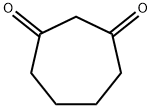

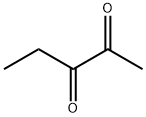





You may like
-
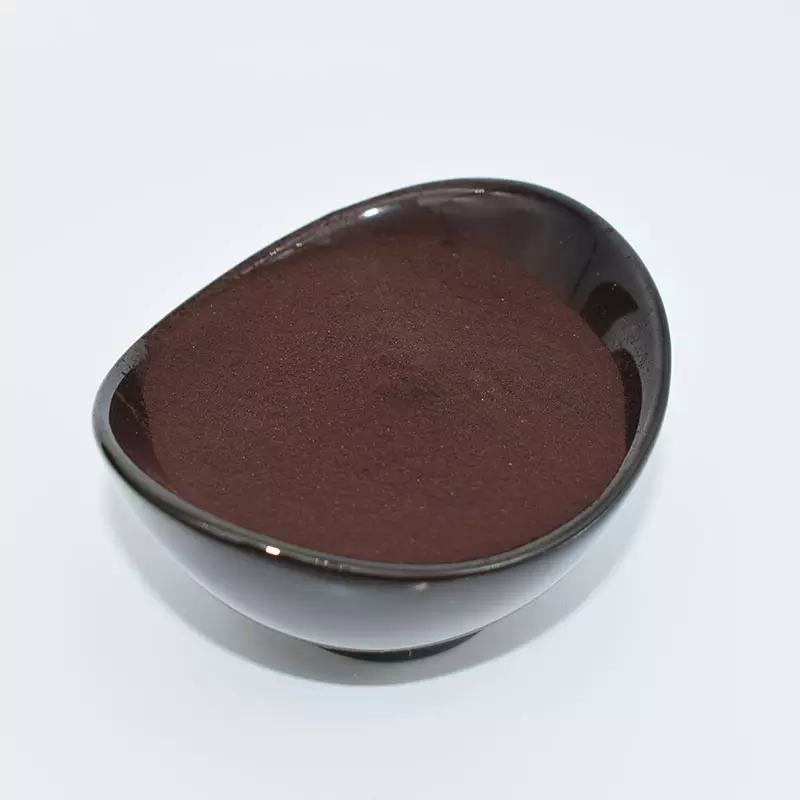 3859-41-4 1,3-CYCLOPENTANEDIONE 98%View Details
3859-41-4 1,3-CYCLOPENTANEDIONE 98%View Details
3859-41-4 -
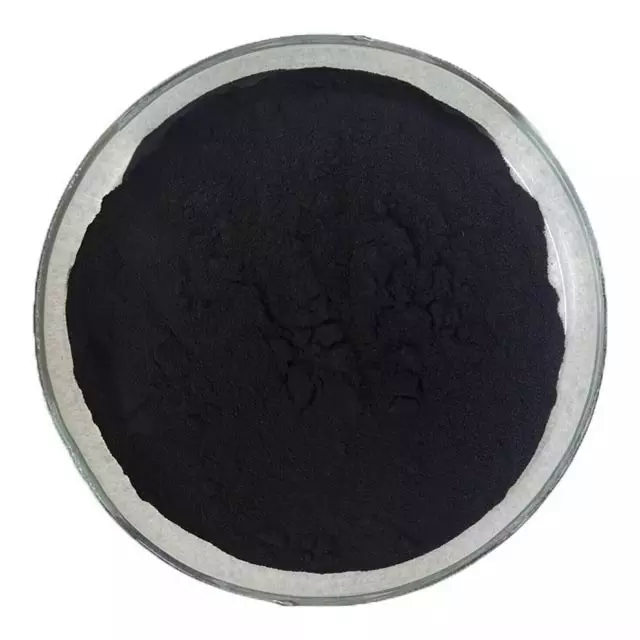 Cyclopentane-1,3-dione 98%View Details
Cyclopentane-1,3-dione 98%View Details
3859-41-4 -
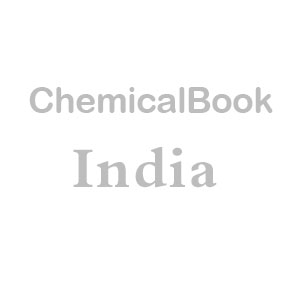 1,3-Cyclopentanedione CAS 3859-41-4View Details
1,3-Cyclopentanedione CAS 3859-41-4View Details
3859-41-4 -
 3859-41-4 1,3-Cyclopentanedione 98+View Details
3859-41-4 1,3-Cyclopentanedione 98+View Details
3859-41-4 -
 1,3-Cyclopentanedione CAS 3859-41-4View Details
1,3-Cyclopentanedione CAS 3859-41-4View Details
3859-41-4 -
 1,3-Cyclopentanedione, 98% 99%View Details
1,3-Cyclopentanedione, 98% 99%View Details
3859-41-4 -
 1,3-Cyclopentanedione, 97% CAS 3859-41-4View Details
1,3-Cyclopentanedione, 97% CAS 3859-41-4View Details
3859-41-4 -
 1,3-Cyclopentanedione CAS 3859-41-4View Details
1,3-Cyclopentanedione CAS 3859-41-4View Details
3859-41-4
Statement: All products displayed on this website are only used for non medical purposes such as industrial applications or scientific research, and cannot be used for clinical diagnosis or treatment of humans or animals. They are not medicinal or edible.
